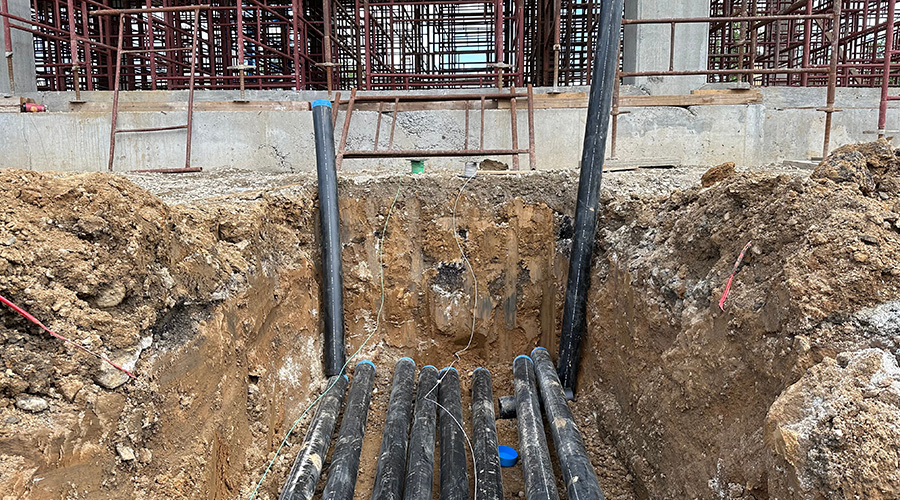Strategies and Tactics for Becoming a Facilities Leader
To foster effective supervision and leadership, organizations must invest in developing managers. Andrew Gager offers strategies for developing supervisory and leadership skills.
Years ago, I worked with a newly appointed supervisor who was a good employee. Once promoted, they micromanaged the team by overseeing all the work the group was performing to ensure that tasks were performed correctly, efficiently and according to department and organizational goals — as they say, a good soldier.
But no one wants to be micromanaged and questioned constantly. This person didn’t make a very effective supervisor and certainly was not a trusted leader.
Being a good employee doesn’t necessarily translate into being a good supervisor or manager. Many organizations overlook the distinction between the skills needed to excel in a particular role versus those required to lead a maintenance and engineering team. While a top-performing employee might excel in their technical work, they may not have people skills or desire to handle the particulars of leading others.
There’s a difference between a supervisor and a leader. Supervisory roles often require tactical qualities, including strong communication, administrative skills, conflict resolution and the ability to motivate and develop others to achieve short-term goals.
On the other hand, leadership is a broader concept that involves strategic thinking, inspiring and motivating others toward achieving long-term goals. Leaders in institutional and commercial facilities are responsible for setting a vision, promoting continuous improvement, fostering teamwork and empowering individuals to perform at their highest potential.
The role of the supervisor
The roles of supervisors and leaders in any organization are crucial in driving daily operations and long-term growth. Although the terms supervision and leadership are often used interchangeably, they represent distinct functions that complement each other in a well-functioning team. Understanding the differences and synergies between supervision and leadership is essential for cultivating a productive, motivated and efficient workforce.
Supervision is often associated with managing day-to-day activities, scheduling resources, problem-solving, delegating and disciplining within the bounds of their immediate responsibilities. It focuses primarily on short-term goals and immediate results and ensures the work is completed according to defined guidelines and within specified timeframes. Supervisors typically exercise authority through control and direction. Their power comes from their position in the organizational hierarchy.
Supervisors might motivate their teams through rewards, recognition or consequences tied to performance, and their decision-making is often based on established policies and procedures. Supervisors might also be positive influences or, in some cases, negative influencers
Supervision is vital for maintaining order, consistency and accountability in the workplace. Good supervision ensures tasks are completed accurately, resources are used efficiently and organizational standards are met.
Andrew Gager will host the General Session at NFMT Baltimore on March 25 in Baltimore titled, “General Session: Leadership at the Intersection of Facilities and Cleaning Management.” Gager will discuss the way effective leadership, training and culture can drive exceptional performance across diverse teams.
Related Topics:













